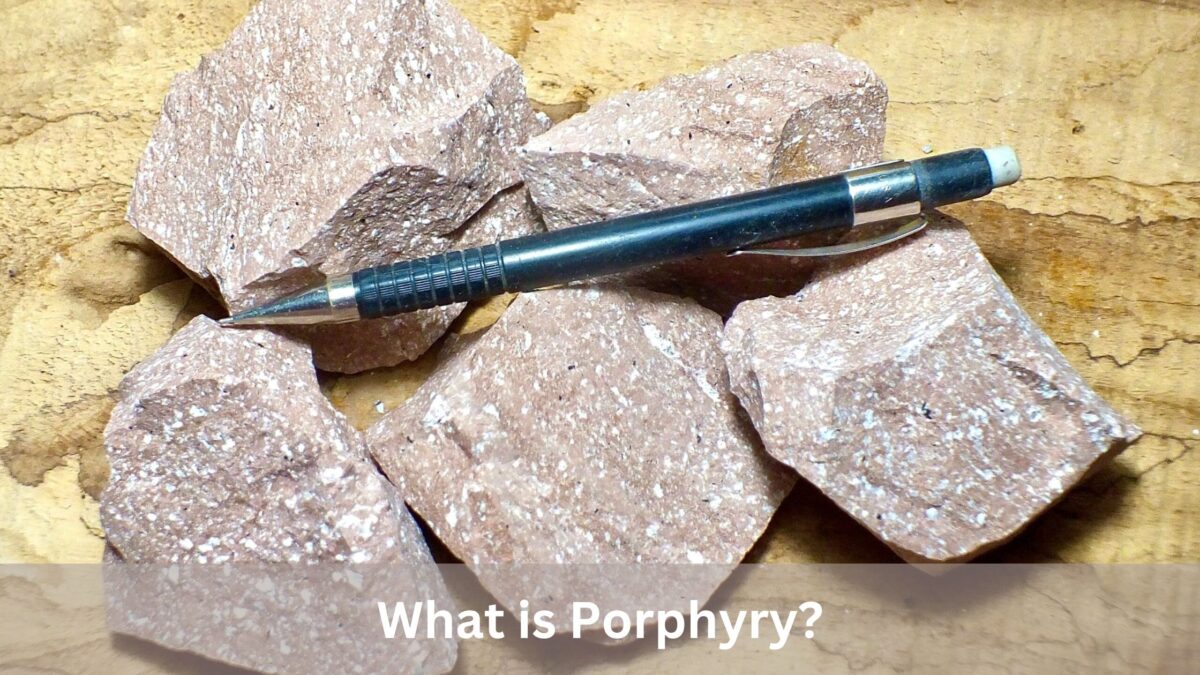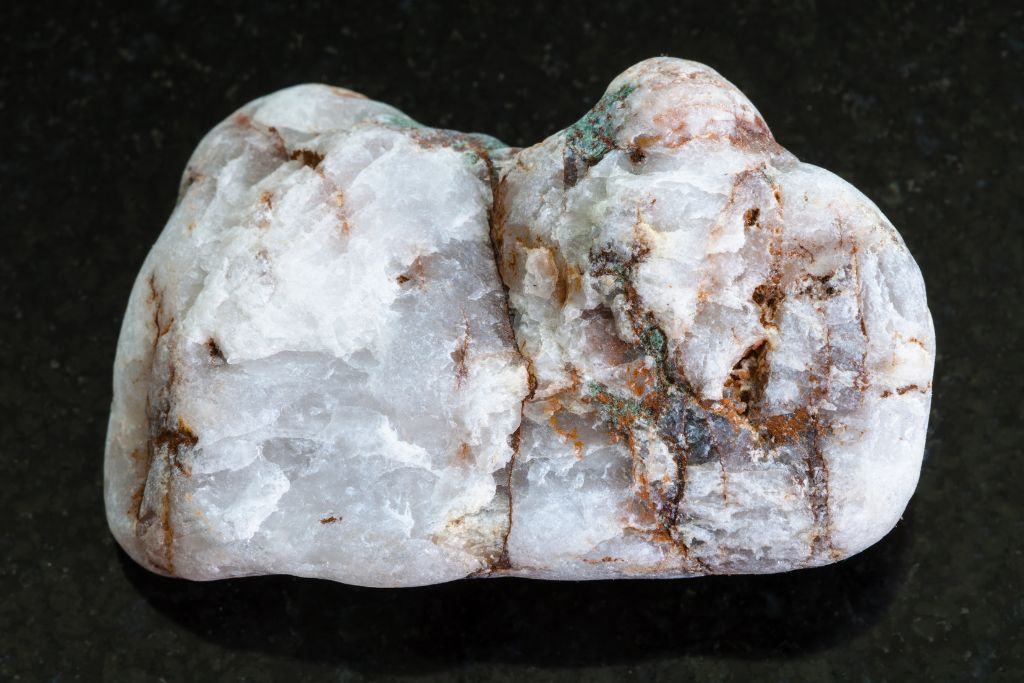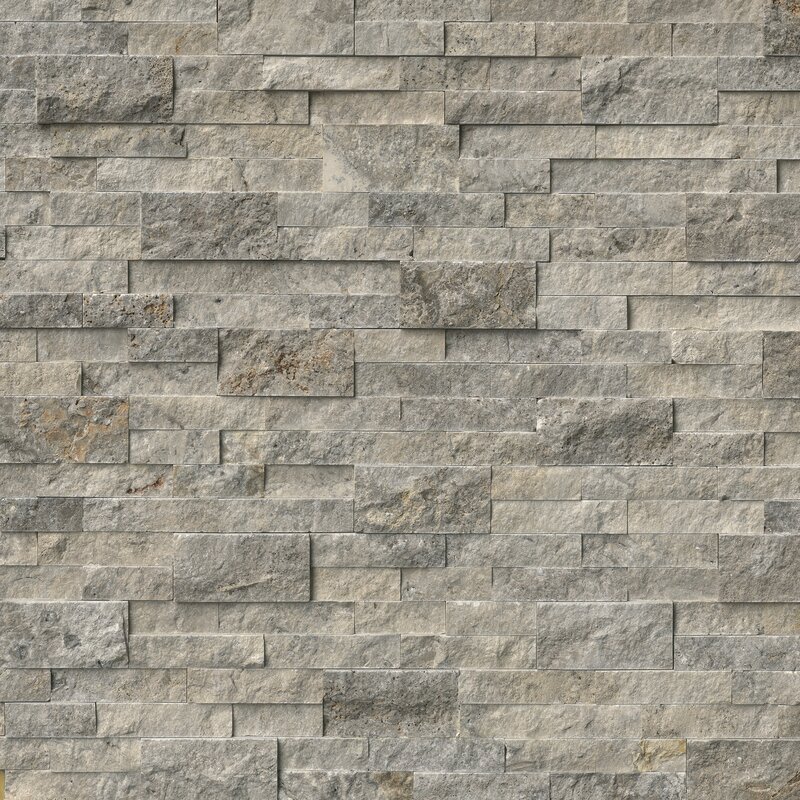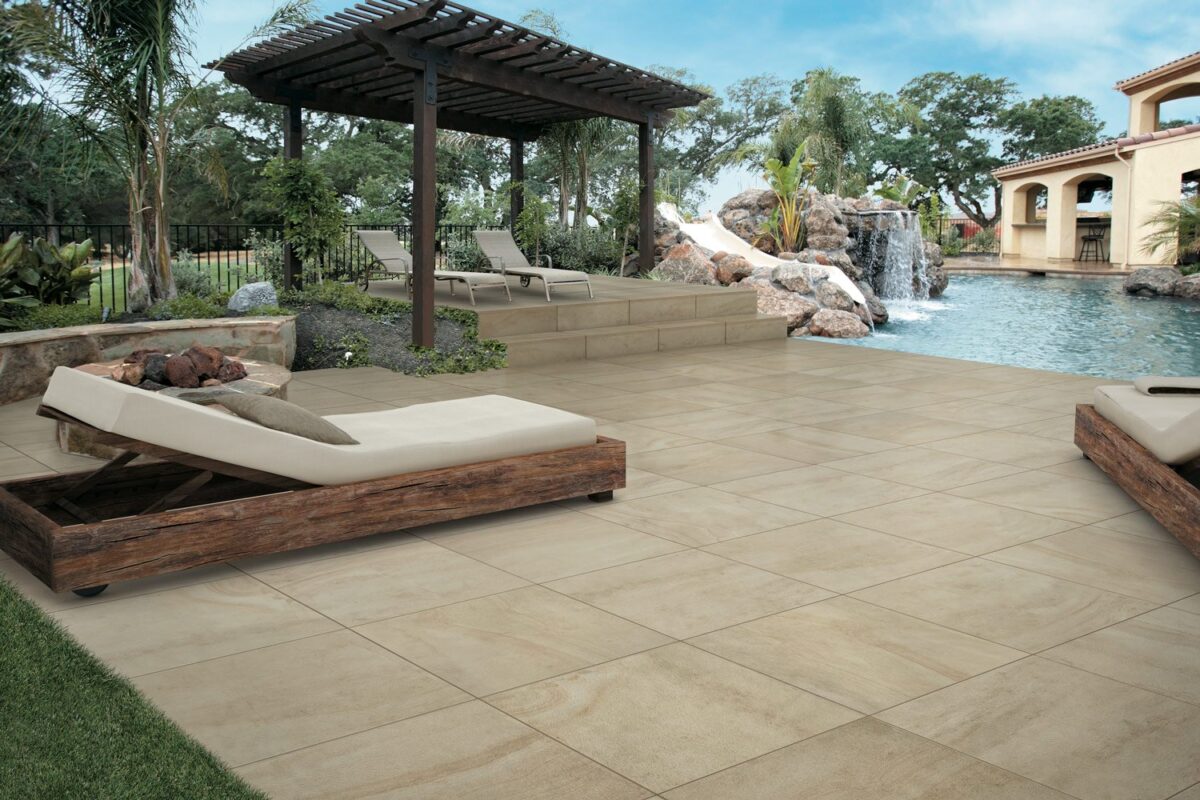What is Porphyry?
Choosing the right stone for your project can be overwhelming, with many options.
Many stones need more durability and aesthetic appeal, leading to costly repairs and unsatisfactory results.
Discover Porphyry, a versatile and robust natural stone that combines strength with beauty, perfect for various applications.
What is Porphyry?
Porphyry is a type of igneous rock known for its durability and distinct appearance. It features large crystals embedded in a fine-grained matrix.
This versatile stone is widely used in construction and landscaping because of its strength and aesthetic appeal. It is ideal for pavements, wall cladding, and decorative elements.
Types of Porphyry
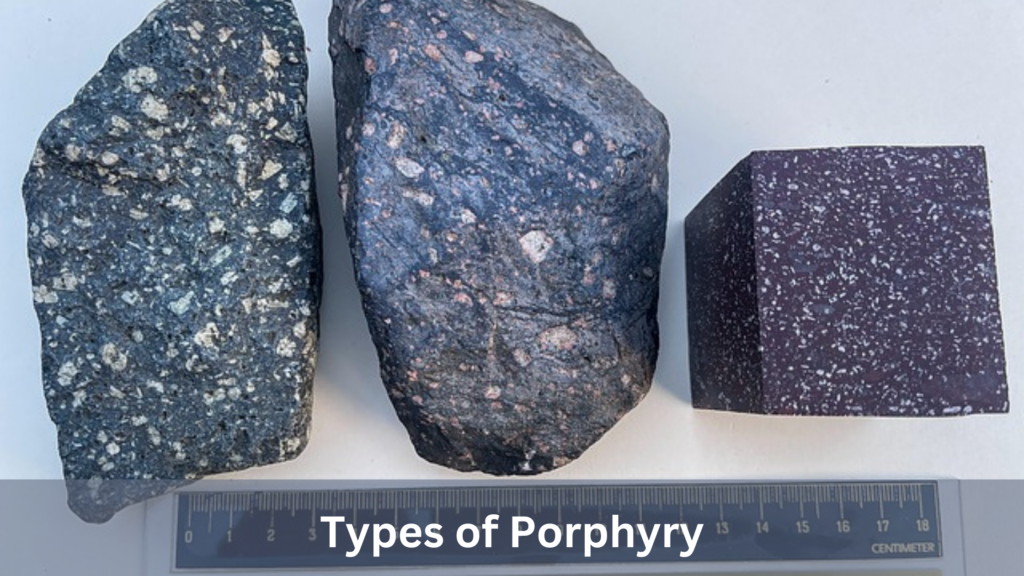
Porphyry comes in several distinct types, each with unique characteristics that make it suitable for various applications. The primary types include Cobble, Filetti, and Crazy Porphyry.
- Cobble Porphyry features small, roughly hewn stones that create a rustic, old-world charm. This type is perfect for creating robust and visually appealing pathways, driveways, and courtyards.
- Filetti Porphyry consists of narrow, elongated pieces ideal for creating elegant and intricate patterns in pavements and flooring. Its unique shape allows for creative design possibilities.
- Crazy Porphyry is characterised by its irregular, random shapes and sizes, making it perfect for creating natural-looking, organic patterns. It is commonly used in patios, walkways, and garden paths to add a touch of whimsical beauty.
What Are Common Uses of Porphyry?
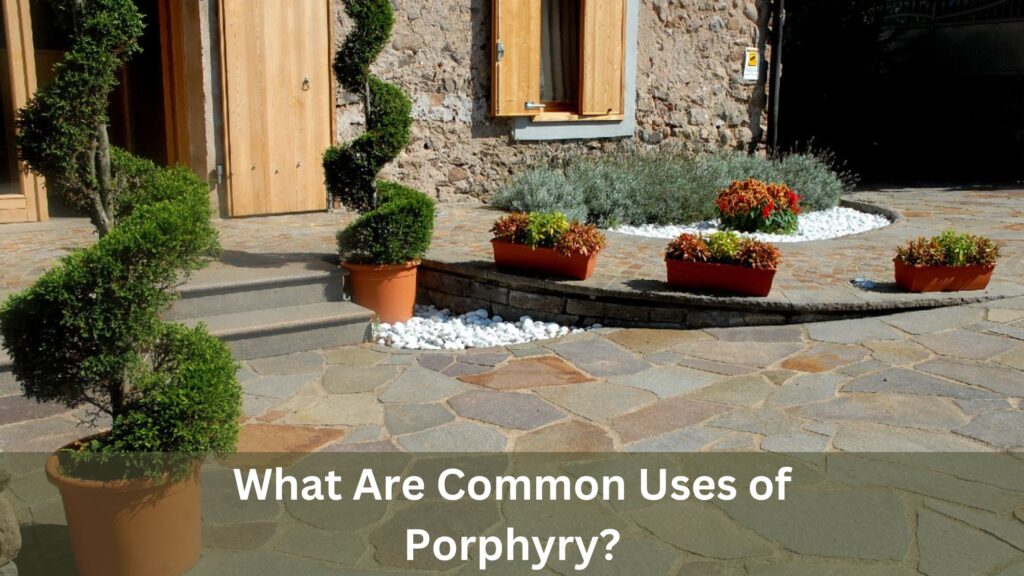
Porphyry’s unique combination of durability, slip resistance, and aesthetic appeal makes it a versatile choice for various applications.
One of the most common uses is in paving, where its robustness and natural beauty are highly valued. Porphyry is often used for driveways, walkways, and public squares, providing a long-lasting, attractive surface that can withstand heavy traffic and harsh weather conditions.
In landscaping, Porphyry is favoured for its natural look and durability. It is used for garden paths, patios, and decorative elements, blending seamlessly with natural surroundings while offering a sturdy and slip-resistant surface.
Architectural cladding is another significant use of Porphyry. Its rich colours and textures add elegance and character to building facades, interior walls, and columns. The stone’s resistance to weathering and erosion ensures these structures remain visually appealing.
Porphyry is also utilised in historic restoration projects due to its timeless appearance and historical significance. It is often chosen for refurbishing ancient pathways, courtyards, and buildings, preserving historical integrity while providing modern durability.
Additionally, Porphyry is used for steps and staircases, offering a non-slip surface that enhances safety without compromising style. Its wide range of colours and finishes allows for customisation to suit various design preferences.
Maintenance and Care
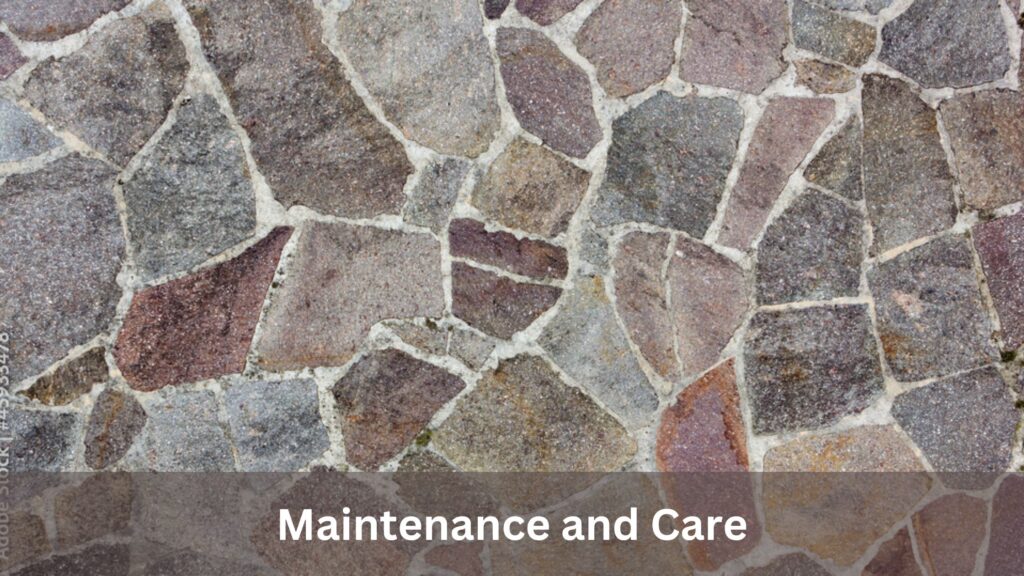
Maintaining Porphyry is relatively straightforward, thanks to its natural durability and resilience. However, regular care is essential to preserve its aesthetic appeal and longevity. Here are some key maintenance tips:
- Regular Cleaning: Clean the surface periodically with water and a mild detergent to remove dirt and debris. Avoid harsh chemicals or high-pressure washers, which can damage the stone’s surface.
- Sealing: For areas with heavy traffic or exposure to the elements, sealing Porphyry can provide added protection. A high-quality stone sealer will help prevent staining and enhance the stone’s natural colours. Reseal the surface every few years, depending on the level of use and environmental exposure.
- Sweeping: Regularly sweep the surface to prevent the buildup of abrasive materials like sand and gravel, which can cause scratches.
- Immediate Spill Cleanup: Clean spills, especially those involving oil or acidic substances, immediately to avoid staining.
- Ensure Proper Drainage: For outdoor applications, ensure proper drainage to prevent water from pooling on the Porphyry surface, which can lead to potential damage over time.
- Periodic Inspection: Inspect the stone periodically for any signs of wear or damage and address any issues promptly to prevent further deterioration.
Considerations for Use
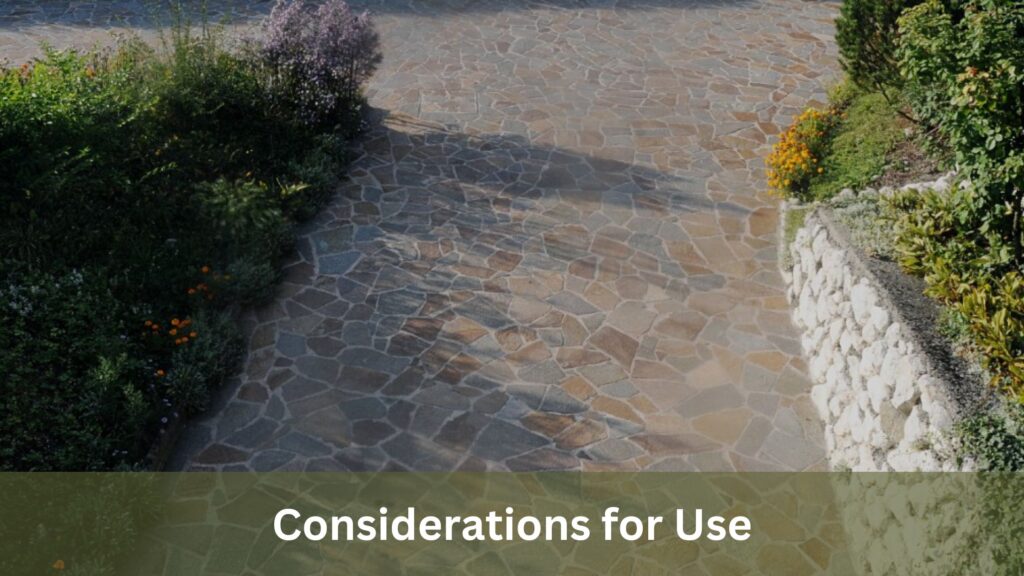
When choosing Porphyry for your project, several considerations can help you maximise its benefits and ensure successful implementation:
- Assess the Application: Porphyry’s durability and slip resistance make it ideal for high-traffic areas such as driveways, pathways, and public squares. Its aesthetic qualities are also suitable for decorative applications like facades and interior walls.
- Climate Conditions: Porphyry is highly weather resistant and suitable for hot and cold climates. Its thermal properties help keep surfaces cool in the heat and prevent frost damage in colder temperatures.
- Installation Methods: Ensure the Porphyry is laid on a stable, well-draining base to prevent shifting and water accumulation. Professional installation is recommended to guarantee proper fitting and sealing, especially for complex designs or large-scale projects.
- Maintenance Requirements: While Porphyry is low-maintenance, regular cleaning and occasional sealing will help preserve its appearance and durability. Plan for these tasks to ensure your Porphyry surfaces remain in excellent condition.
- Budget Considerations: While Porphyry may have a higher initial cost than other materials, its longevity and minimal maintenance can save costs over time.
Conclusion
Porphyry, with its durability, aesthetic appeal, and versatility, remains a valuable choice for various applications, from high-traffic areas to decorative designs.
Ensure proper maintenance and thoughtful selection to benefit fully from its unique properties. Discover how Porphyry can enhance your next project—contact us today to explore your options.

